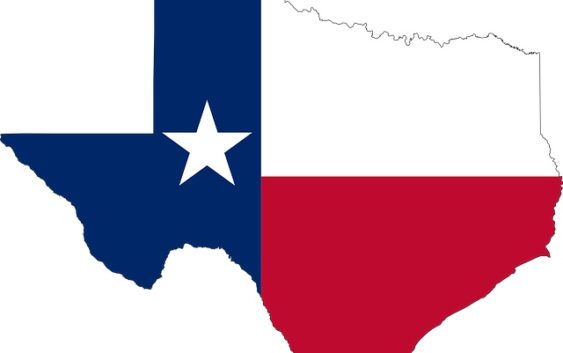- As city leaders consider expanding at-risk zone for wildfire damage, home builders say it could raise costs
- Is your neighborhood at high wildfire risk? | Here's how to check the city's wildfire risk map
- 'Be prepared now': Brad Panovich updates severe weather risk for Sunday
- 'Be prepared now': Brad Panovich updates severe weather risk for Sunday
- As anxiety around wildfires grows, Austin plans to add tens of thousands of acres to risk map
Trump Says He Prevented Panic On Pandemic. That's Not His Usual Approach

President Trump is under fire for misleading the public by publicly downplaying the risk of the coronavirus even while he privately acknowledged the magnitude of the threat, a central revelation in a new book by journalist Bob Woodward called “Rage.”
“I wanted to always play it down,” Trump said on March 19 in an interview recorded by Woodward. “I still like playing it down because I don’t want to create a panic.”
Trump told Woodward privately in early February that he understood the danger and severity of the coronavirus, even as he told Americans not to worry about something he compared to the seasonal flu. “Just stay calm and it will go away,” he said on March 10.
Trump has defended his approach by saying he wanted to avoid panicking the public. “I don’t want to jump up and down and start screaming, ‘Death! Death!’ because that’s not what it’s about,” Trump said when pressed this week about why he played down COVID-19 in February and early March. More than 190,000 Americans have died from the coronavirus and the number keeps rising.
The president said he sees himself as a cheerleader for the nation, keeping panic at bay. But this ‘keep calm and carry on’ approach is “incongruous on its face” with the way he’s talked about other threats — those where fear might work to his political advantage, said Jennifer Mercieca, a historian of political discourse from Texas A&M University, who has written a book about how Trump wields language.
“Trump routinely uses fear appeals. He routinely tells you who to be afraid of whether it’s an internal threat or an external threat to the nation. He uses fear appeals to try and motivate voters,” Mercieca said.
Trump has time and again used ominous language and tweeted out videos of violence in other areas where he sees risks for the nation. As Trump campaigned during the 2018 congressional elections, he described “caravan after caravan after caravan of illegal aliens” as he sought to generate concern about Central American migrants seeking asylum. He said they would “flood into our country and overwhelm your communities. That’s what’s happening. Have you seen the pictures?”
More recently, he has incited fear about low income housing destroying the suburbs, and anarchists taking over towns. On Thursday, shortly before a press conference where he insisted it was important to avoid panic about the virus, Trump took a very different tack on Twitter:
The Democrats never even mentioned the words LAW & ORDER at their National Convention. That’s where they are coming from. If I don’t win, America’s Suburbs will be OVERRUN with Low Income Projects, Anarchists, Agitators, Looters and, of course, “Friendly Protesters”.
— Donald J. Trump (@realDonaldTrump) September 10, 2020
And then there are hurricanes, a threat where — as with the pandemic — a dose of fear and preparation can save lives. With storms,Trump is there every time to play up the potential for danger, “the likes of which you’ve never seen before.”
“It seems to be one of the biggest hurricanes we’ve ever seen,” Trump said about Hurricane Dorian, warning people in several states, including Alabama, to prepare for the worst. That storm wasn’t headed to Alabama, but a map of the storm was modified to look like it was, an incident that became known as “Sharpiegate.”
Trump has cast the stakes in the upcoming presidential election in apocalyptic terms, railing that a Democratic win would crash the economy. “Your stocks will be down to nothing,” Trump threatened earlier this month. “And we will have a depression like you’ve never seen before.”
Mercieca said with this truly frightening pandemic, Trump never settled on a way to make the rhetoric work for him. He went from downplaying the risk to casting himself as a war-time president leading America into battle with the invisible enemy to again urging everyone to return to normal life, saying the virus would go away eventually. On Thursday, Trump insisted he was taking the pandemic seriously, and then in the next breath, returned to cheer leading.
“We are going to get through this,” Trump said. “And we are right now, I think, I hope, we’re rounding the final turn.”
But that’s not the assessment of the nation’s leading infectious disease expert, Dr. Anthony Fauci. With approximately 40,000 new cases and 1,000 deaths per day, Fauci said the numbers are way too high and could get worse as the weather gets cooler and people spend more time indoors.
“We need to hunker down and get through this fall and winter because it’s not going to be easy,” Fauci said.
9(MDAyMTczMTYzMDEyMzI0OTI3OTQ5NTc2ZQ001))